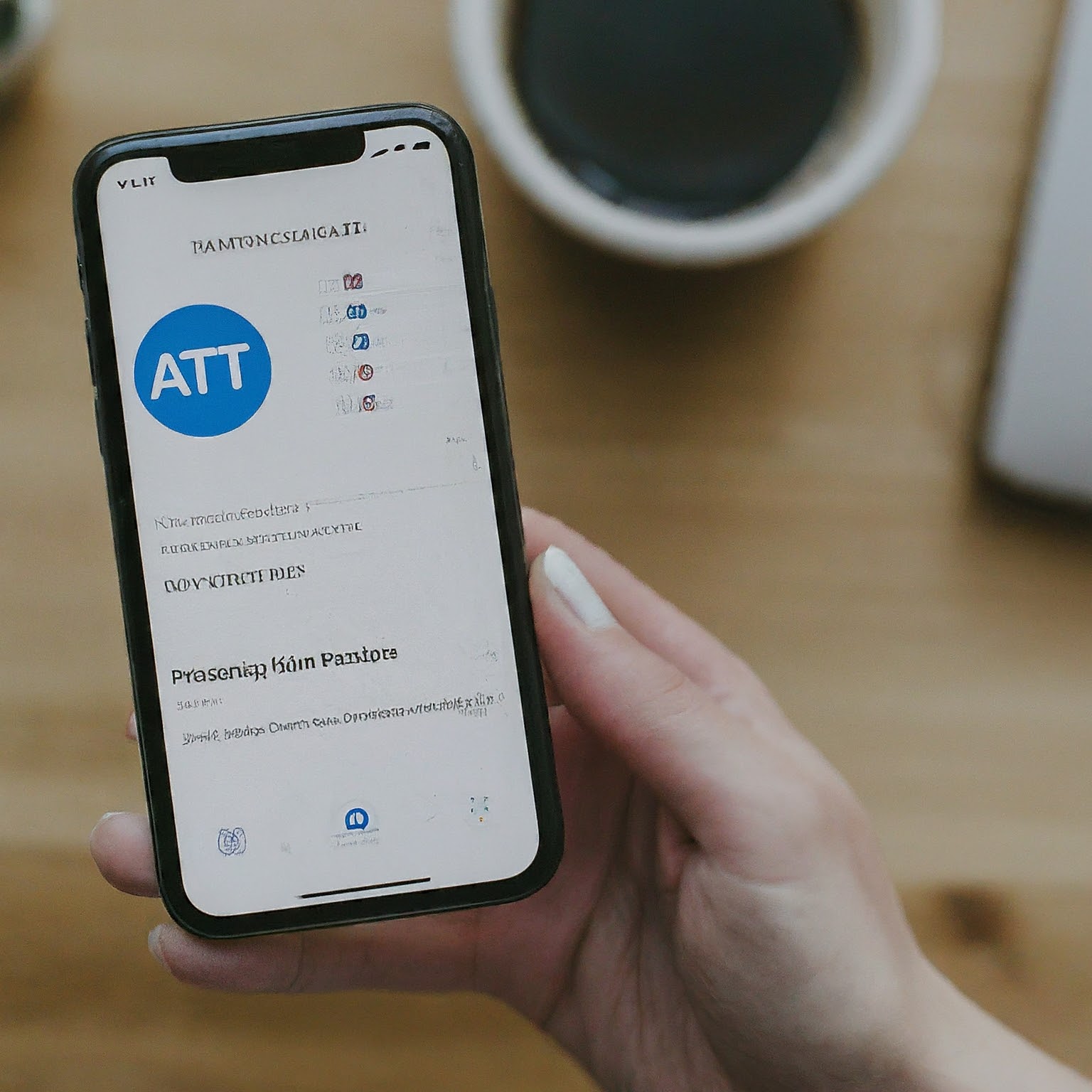The introduction of iOS App Tracking Transparency (ATT) in April 2021 marked a significant turning point in the mobile app ecosystem. This framework, implemented by Apple, fundamentally changed how user data is collected and utilized on iPhones and iPads, prioritizing user privacy and giving them more control over their data. This article delves into the intricacies of iOS ATT, its impact on various stakeholders, and the evolving landscape of targeted advertising in a post-ATT world.

Understanding iOS ATT: What It Is and How It Works
Prior to ATT, app developers freely accessed a unique identifier for advertisers (IDFA) on user devices. This identifier allowed them, and third-party companies, to track user activity across different apps and websites, building detailed profiles used for targeted advertising and campaign measurement.
ATT introduced a permission-based system. When users download an app with iOS 14.5 or later, they encounter a prompt asking them to either “Allow Tracking” or “Ask App Not to Track.” Choosing “Allow Tracking” grants the app access to the IDFA, enabling the aforementioned data collection practices. Selecting “Ask App Not to Track,” which has become the dominant choice for many users, restricts the app’s ability to share data with third parties.
The Impact of iOS ATT: A Multi-Faceted Perspective
For Users: ATT empowers users to make informed decisions about their data privacy. They can choose to limit data tracking across apps, fostering a sense of control over their digital footprint. This aligns with the growing desire for user privacy and transparency in the online world.
For App Developers: The limitations imposed by ATT make it challenging for developers to track user behavior and measure the effectiveness of their marketing campaigns. This can impact revenue streams heavily reliant on targeted advertising. Developers have had to adapt by focusing on contextual advertising, leveraging first-party data collected within their apps, and exploring alternative attribution methods.
For Advertisers: Targeted advertising, fueled by user data collected through IDFAs, has been a cornerstone of mobile marketing strategies. ATT significantly limits this capability, making it difficult for advertisers to reach specific user segments with laser focus. The industry has responded by developing contextual advertising solutions, focusing on user behavior within specific apps and the app’s content itself. Additionally, advertisers are exploring alternative data sources and measurement strategies to adapt to the new landscape.
The Evolving Landscape: Strategies in a Post-ATT World
The introduction of ATT has spurred innovation and a shift in focus across the mobile app ecosystem. Here are some key strategies that are emerging:
- Focus on First-Party Data: App developers are prioritizing collecting and leveraging user data within their own apps. This data can be used for targeted in-app advertising and user experience personalization strategies.
- Contextual Advertising: This approach focuses on delivering ads based on the context of the app and its content. For instance, an app about fitness might display ads for workout gear or healthy food options.
- Privacy-Preserving Attribution: New methods are being developed to track user acquisition and campaign effectiveness while adhering to user privacy regulations. These methods rely on aggregated or anonymized data.
- Collaboration and Transparency: Building trust with users is paramount. App developers need to clearly communicate their data collection practices and how user data is used.
The Road Ahead: Challenges and Opportunities
While ATT has presented challenges, it also presents significant opportunities. Here’s what to expect:
- Privacy Regulations: Expect to see stricter data privacy regulations emerge globally, further driving the focus on user control and transparency.
- Technological Advancements: New technologies will likely emerge to facilitate targeted advertising and campaign measurement while respecting user privacy.
- Shifting Power Dynamics: Users will likely have greater control over their data, potentially leading to a more balanced ecosystem where user privacy and targeted advertising can co-exist.
Conclusion
The arrival of iOS ATT has fundamentally reshaped the mobile app ecosystem. While it has presented challenges for app developers and advertisers, it has also paved the way for a more user-centric approach. The focus on first-party data, contextual advertising, and privacy-preserving solutions is likely to become the norm. As the industry continues to evolve, innovation and collaboration will be key in navigating the landscape and ensuring a future where user privacy and effective advertising can thrive together.